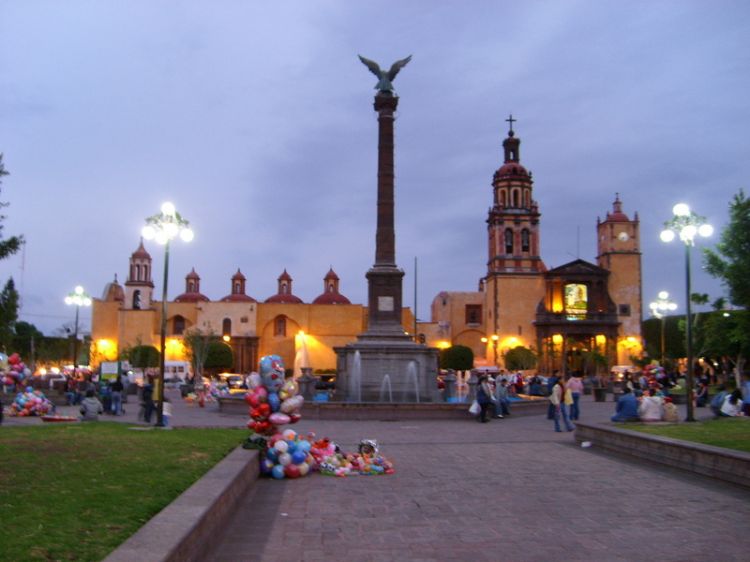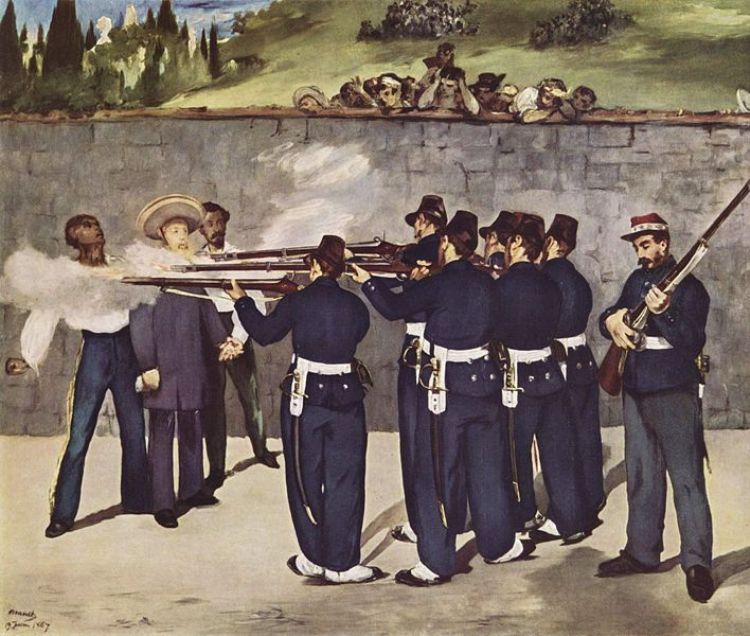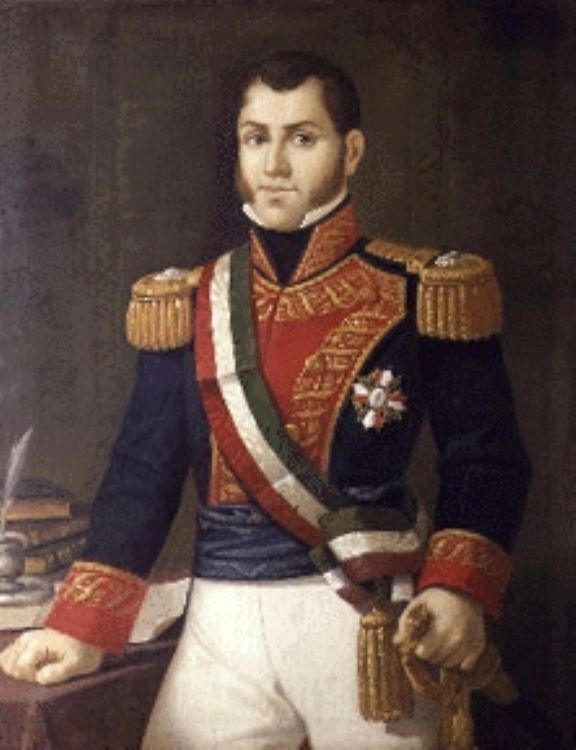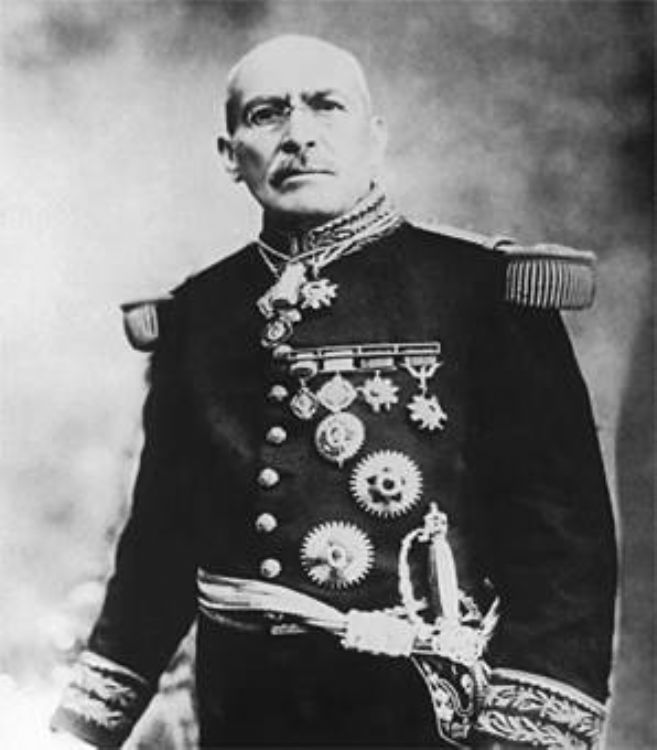San Juan del Rio, Queretaro

San Juan del Río is a city on the north of Queretaro State, the second of economic and political importance in the State.
This city has been fruitful archeological ground where many vestiges of the ancient Otomi culture have been found. The Otomi inhabited this region around the year 400 B.C., as one of the oldest societies in Mexico. The spiritual conquest of San Juan del Rio by Spaniards seems to have been more peaceful than in other cities on account of being less populated. It was founded as villa in 1531 with the goal of establishing, together with the villa of Santiago, a frontier to safeguard Spaniards during their battles against Chichimeca groups.
These two villas served as middle grounds between the paths that joined the mines of Zacatecas and San Luis Potosi with Mexico City.
Visiting San Juan del Rio is witnessing important and very old religious developments. Especially important is the Temple of Nuestra Señora de los Dolores, founded in 1670 and currently under custody of the San Francisco order. The temple and ex-convent of San Juan de Dios was founded in 1661 and for many years functioned as the cityâÂÂs hospital; it is currently the grounds of QueretaroâÂÂs Autonomous University. The Temple of Nuestro Padre Jesus de la Porteria contains a worshiped image of Christ, according to legend, this beautiful mural was painted by a prisoner on death row and reappeared after repeated attempts at erasing it, an event considered miraculous.
The convent of Santo Domingo was consecrated in 1734 and is currently used as office for the City Council. The Calvario Temple was built in the late 17th century and since the following century, Easter Week processions conclude at its door. The main Catholic building is the Parrish Temple of San Juan Bautista built in 1729, famous for the beautiful quarry of its façade, the stained glass window depicting the Virgin of Guadalupe and the four medallions on its dome show the appearance of the Guadalupe Virgin before Juan Diego.
The great floods of the San Juan River use to cause frequent problems for the city by impeding the free traffic of travelers and merchants. In order to solve this problem, the Governor of New Spain ordered the construction of what is now known as the Bridge of History, inaugurated in 1711.
Scenario of important historic events, it is highlighted that in 1863, Benito Juarez spent a night here during his flee to San Luis Potosi and Maximilian of Hapsburg made one of his last speeches here in 1867. The CityâÂÂs Historic Center was built in the 16th century where the Royal Houses and the jail were set.
The Museum of Death is unique in its genre in Mexico, inaugurated in 1997 on the old Santa Veracruz cemetery within a beautiful building from the 18th century. The purpose of this museum is exhibiting the cultural phenomenon surrounding death as a central component of all societies. This museum shows the evolution of ritual and religious practices in the country, exhibiting the topic of death within its context in Mesoamerica, New Spain, contemporary culture and secular manifestations.
The best way to get to know San Juan del Rio is on the streetcar of the Historic Tour, which passes by the Bridge of History, old mansions, catacombs, Museum of Death, cemeteries and convents. The Legends Tour is a favorite among tourists because when it passes in front of the old mansions, a guide speaks of their legends while actors perform as the main characters. Another favorite is the Haciendas Tour that visits Cerro Gordo, La Llave, San Gil, Galindo, La Venta and Barreno estates.
Article Produced by the Editorial Team of Explorando Mexico.
Copyright Explorando Mexico, All Rights Reserved.
Photo: www.skyscrapercity.com






